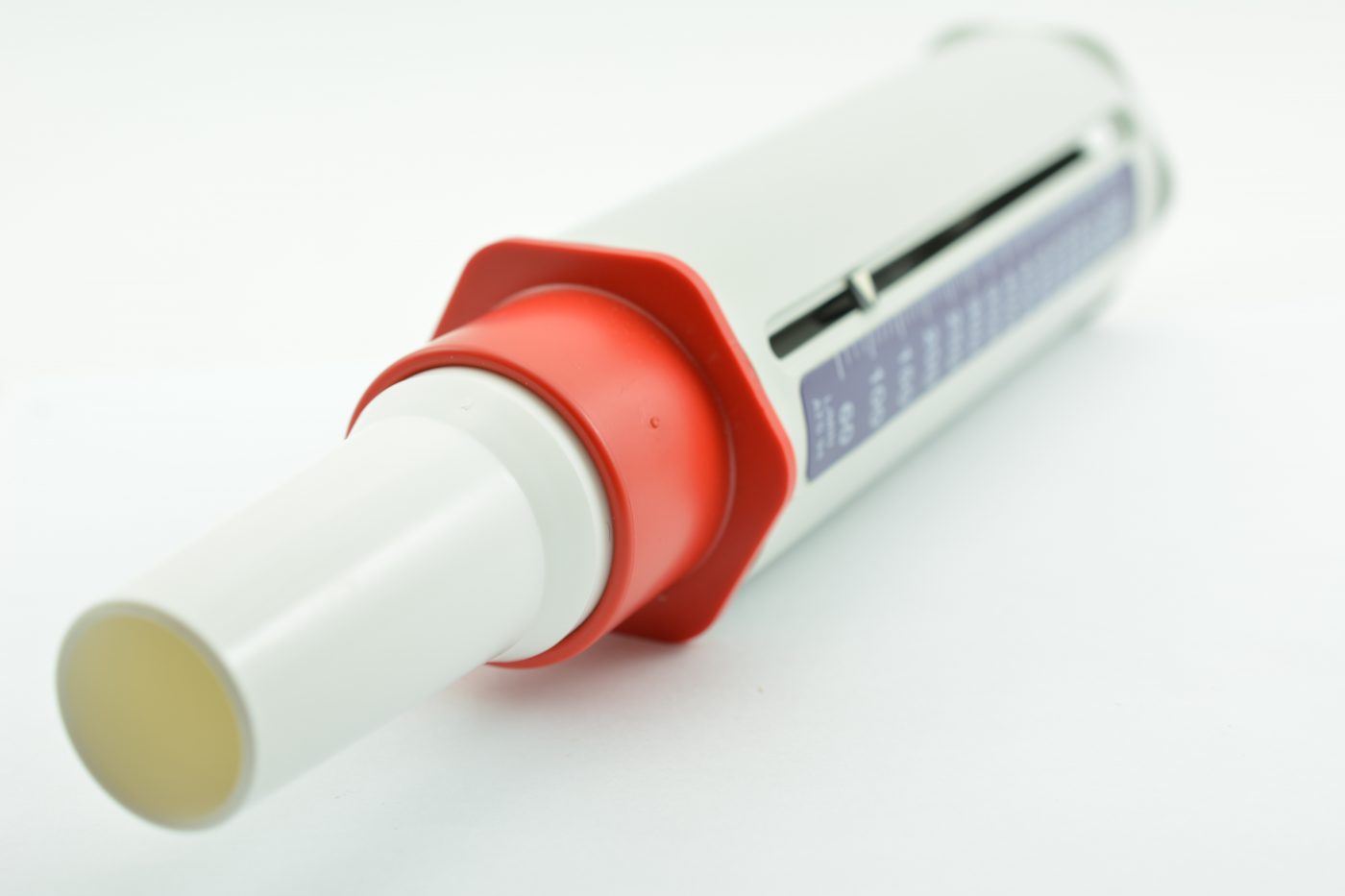Defazacort Improves Lung Function in Advanced Duchenne MD Patients, Marathon Reports

Duchenne muscular dystrophy (DMD) patients at more advanced disease stages, those reliant on wheelchairs, showed improved lung function when treated with deflazacort compared to prednisone, Marathon Pharmaceuticals reported in a presentation at the recent MDA Clinical Conference in Arlington, Virginia.
The presentation, “Effect of deflazacort and prednisone versus placebo on pulmonary function in boys with Duchenne Muscular Dystrophy who have lost ambulation,” added to the drug’s favorable profile and highlighted the importance of continuing treatment after loss of ambulation.
Marathon’s randomized, double-blind Phase 3 trial explored the effects of two daily doses of deflazacort (0.9 mg/kg and 1.2 mg/kg) compared to prednisone in a total of 196 patients with DMD. The initial stage of the trial also included a placebo group, intended for analysis of the study’s primary endpoint: change in muscle strength.
Among the trial’s participants were 45 boys who had already lost walking ability at the study’s start. Researchers analyzed lung function in this group, and assessed forced vital capacity and maximum voluntary ventilation at various points, including 12 and 52 weeks after treatment initiation.
At 12 weeks, both groups of deflazacort-treated patients showed numerical improvement in forced vital capacity compared to patients treated with prednisone (who, with those given placebo, showed worsening at this stage), although this difference was reduced over time. By week 52, researchers could no longer detect a statistical difference in forced vital capacity between the high-dose deflazacort group and the prednisone group, while those on the low-dose deflazacort continued to show numerical — though not significant — improvement over prednisone.
The maximum voluntary ventilation was also better in both deflazacort-treated group after 12 weeks, but as with the forced vital capacity, the prednisone group caught up somewhat over time. At week 52, improvements in maximum voluntary ventilation remained numerically greater in boys treated with deflazacort compared to those given prednisone, with the higher-dose group trending toward significance, the researchers reported.
Despite deflazacort not inducing a statistically significant change in lung function tests, a greater percentage of boys in the deflazacort groups improved on both forced vital capacity and maximum voluntary ventilation measurements. Again the difference was largest at week 12, with more than 90 percent in the high-dose deflazacort group improving their forced vital capacity, compared to about 45 percent in the prednisone group. After 52 weeks, the difference between these groups was reduced to about 15 percentage points, although boys on low-dose deflazacort continued to show improvement.
However, when measuring maximum voluntary ventilation, researchers noted that the difference between deflazacort-treated groups and the prednisone group persisted, and was in fact even higher at week 52, with a far greater percentage of all deflazacort-treated boys improving.
The data are a crucial contribution to evidence showing that once DMD patients have lost their walking ability, treatment is crucial for maintaining lung function.
“The results of this study are important as they show, in a controlled, randomized, blinded fashion, that the continued use of corticosteroids after loss of ambulation may have benefits in pulmonary function and deflazacort may have both safety and efficacy advantages compared to prednisone. Further larger, prospective, controlled studies are planned to better assess the effects of deflazacort on pulmonary function in DMD boys who have lost ambulation,” the authors wrote in their study.






